|
Why a Pacer?
Pacers have always been a part of our lives. Pacers have never been strange looking to me, because I've always been around them. I grew up hanging out at my Dad's transmission shop and going to the drag strip to watch my Dad race - a Pacer! Before I was born my Dad built a 10 second, 455-Pontiac Powered drag Pacer. It was black and Hemi orange. I grew up around that Pacer, and I never thought it was weird looking. My Dad sold it in the mid '90s, and he had wanted to own another one as a street car.
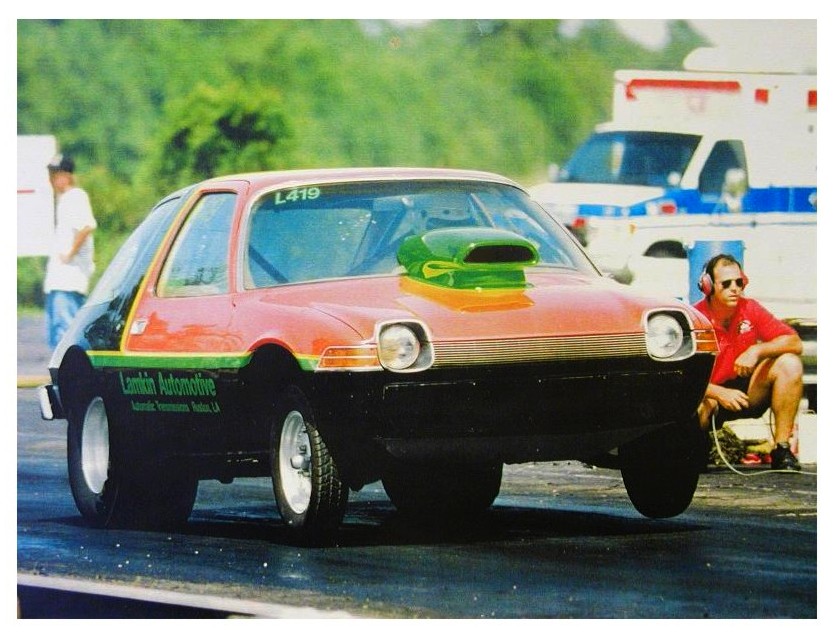
Around 1999, my Dad bought a brown 1977 AMC Pacer. It wasn't in the best shape, but he planned on fixing it up for me to drive when I turned sixteen, which was a long way away. I loved that Pacer, and I couldn't wait to drive it. I would come to the shop on weekends and we would work on the Pacer. Years went by, and I was getting closer to high school and a driver's license. The Pacer was severely rusted and wasn't looking too promising, and I was soon going to need something to drive. In 2005, my Dad found a complete 1976 Pacer X that had been sitting in a nearby backyard for 18 years. It makes us sick to think about it. My mom noticed that my 16th birthday was coming up very soon, and I still didn't have a car, so she bought me a 2003 Jeep Liberty. The Pacer X was originally going to be a daily driver, beat-around car, but it snowballed with plans to make it one-of-a-kind.
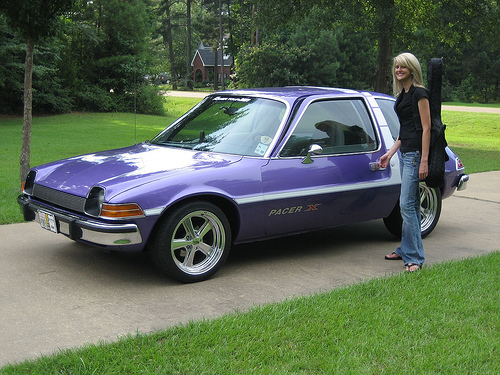
People smile when they see a Pacer.
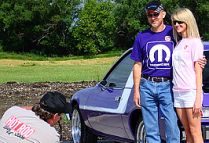
Why Not a Pacer?
Pacers are distinct because they are so well known but there aren't many left.
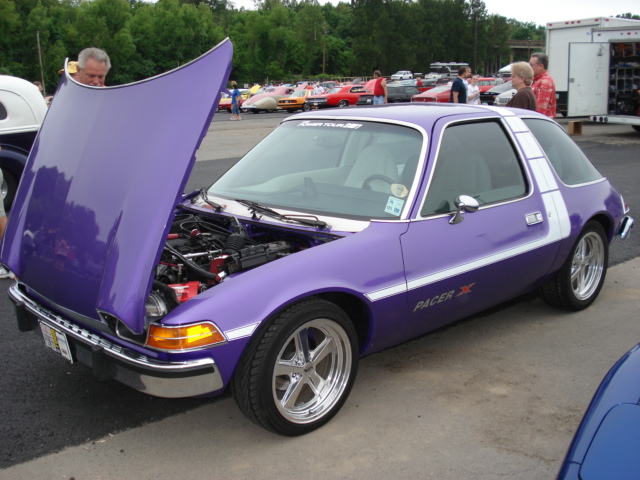
Since reproduction parts are practically non-existent, restoring a Pacer is difficult at best.
The Pacer population will continue to dwindle.
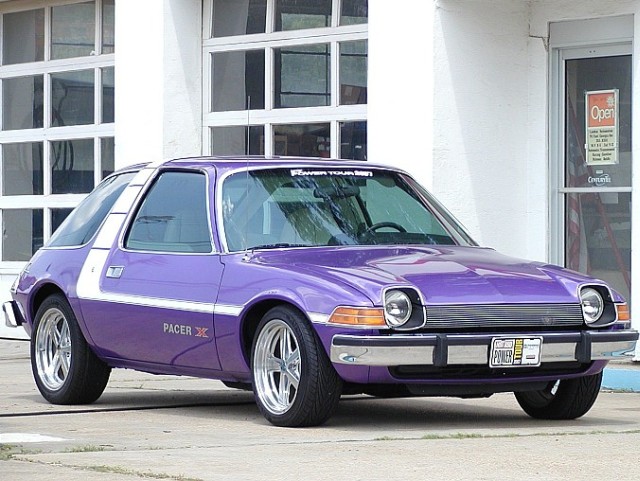
Pacers would be more valuable if restoration parts were available.
An NOS headlight trim set (four pieces of plastic) recently sold on eBay for $600! | 